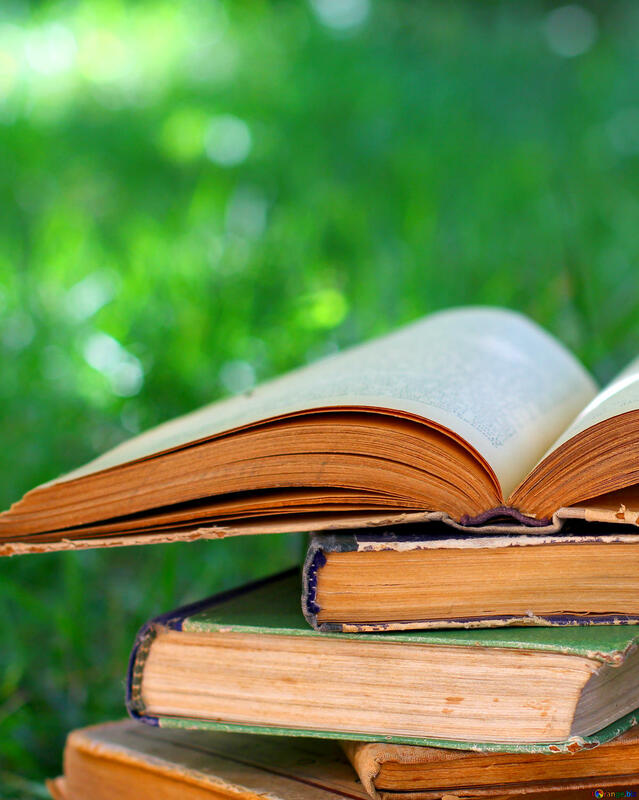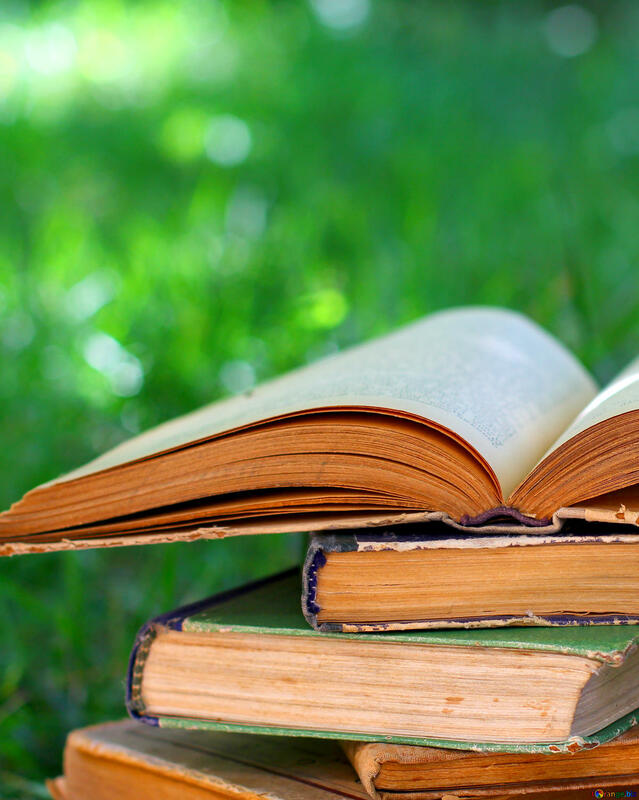|
by Anna Hájková (University of Warwick) The Holocaust rightly belongs among the canonical events of the twentieth century. However, over the past seventy years, our way of narrating this genocide has become monolithic. While it has been possible to incorporate certain new approaches to this historiography — e.g, perspectives on women and gender, studies of Jews as agents rather than passive victims, Jewish history of the Holocaust rather than perpetrator-centered narratives — victim accounts are largely identical. They tell a story of oppression, solidarity, and family bonds. If there are ever stories about conduct among the prisoners that deviate from received and sanctioned narratives about survival, survivor testimonies usually dismiss the people in question or paint them as monsters. We are all familiar with stories about the capo, the sex worker, the Jewish functionary, or the homosexual. It was my fascination with the perspective of what is considered the deviant that set me to ask: where are the stories of the queer Holocaust victims? This approach allows for a very different way of analyzing and understanding the prisoner society of Nazi camps and ghettos. In this enterprise, I build on the recent scholarship by Christa Schikorra, Robert Sommer, Dagmar Lieske, Julia Hörath, Helga Amesberger, Sylvia Köchl, and Frank Nonnemacher, among others, who study the socially marginalized victims of Nazi Germany: the “asocials” and “habitual criminals.” This courageous research has revealed difficult stories about people who were not allowed to join a survivor association, apply for reparations, or bear a testimony. That this is a difficult enterprise I learned early on when I studied sex work in Theresienstadt. Several survivors were angry that I asked questions that should not be posed. In response, they attacked me personally, stating that I did this wrong research because of “my problems in love” – meaning that I am a lesbian. This aggression is based in the profound homophobia of a prisoner society that has shaped the postwar narratives. I often hear that history of sexuality of the Holocaust is not a valid line of inquiry but rather a scandalizing interest. What is part of such a statement is in fact the history of queer sexuality in the Holocaust; heterosexual love has been part of the canon all along. Recently, it has even become possible to address sexual violence in the Holocaust. However, queer sexuality (romantic, consensual, or enforced) has, to date, remained a lacuna in Holocaust Studies. I seek to change that. Drawing on Dagmar Herzog’s and Simon Watney’s statement that sexuality is a much of muchness, a key to understanding the values and logic of a society, I believe we should pay close attention to how sexuality is narrated: What is everyday about sexuality, and what is wrong? How do sexuality and gender roles play out in single sex camps? And, how do these change over time in survivors’ narratives? In the terrifying, violent, and often deadly world of the camps, sexuality was associated with a range of things: comfort, bonding, barter, and pleasure. It also served as proof of social hierarchy and as a tool of dehumanization. Finally, marking someone as sexually “wrong” has been a powerful instrument to destroying their personal integrity. In observing sexuality and same sex desire in the camps, we understand society in extremis, in terms of gender roles, and on the basis of human solidarity as well as its boundaries. Rather than rejecting the human community in the camps as totalitarian, and thus not a real society, these insights help us understand that social relations continue in the most impossible circumstances, until the end. In the age of populism, austerity, and extreme racism, these are trenchant insights. References
Helga Amesberger, Brigitte Halbmayr, and Elke Rajal, eds. "Arbeitsscheu und moralisch verkommen": Verfolgung von Frauen als "Assoziale" im Nationalsozialismus. Wien: Mandelbaum Verlag, 2019. Anna Hájková. “Den Holocaust queer erzählen,” Sexualitäten Jahrbuch(2018): 86–110 ---. "Queere Geschichte und der Holocaust," Aus Politik und Zeitgeschichte, 68/32–33 (2018): 42–47. Translated in Notches as “The Queer History and the Holocaust.” Elizabeth Heineman, ed. The History of Sexual Violence in Conflict Zones: From the Ancient World to the Era of Human Rights. Philadelphia: University of Pennsylvania Press, 2011. Dagmar Herzog. Sexuality in Europe: A Twentieth-century History. Cambridge: Cambridge University Press, 2011. Julia Hörath. "Asoziale" und "Berufsverbrecher" in den Konzentrationslagern 1933 bis 1938. Göttingen: Vandenhoeck & Ruprecht, 2017. Sylvia Köchl. "Das Bedürfnis nach gerechter Sühne": Wege von "Berufsverbrecherinnen" in das Konzentrationslager Ravensbrück. Wien: Mandelbaum Verlag, 2016. Dagmar Lieske. Unbequeme Opfer?: “Berufsverbrecher” als Häftlinge im KZ Sachsenhausen. Berlin: Metropol Verlag, 2016. Frank Nonnemacher. Du hattest es besser als ich: zwei Brüder im 20. Jahrhundert. Bad Homburg: Verlag für akademische Schriften, 2014. Christa Schikorra. Kontinuitäten der Ausgrenzung: "asoziale" Häftlinge im Frauen-Konzentrationslager Ravensbrück. Berlin: Metropole Verlag, 2001. Robert Sommer. Das KZ-Bordell: Sexuelle Zwangsarbeit in nationalsozialistischen Konzentrationslagern. Paderborn: Schöningh, 2009.
0 Comments
by Katrin Bahr
In their introduction to the volume The GDR Today: New Interdisciplinary Approaches to East German History, Memory and Culture (2018), the editors Stephan Ehrig, Marcel Thomas, and David Zellask if GDR studies has run its course. While current research on the GDR (including the aforementioned volume) proves otherwise, there is stillroom for incorporating GDR Studies into the German Studies curriculum.In teaching the GDR, there seems to be a canon of cultural production (be it literature or film) that either depicts the GDR as a state of oppression as seen in the film The Lives of Others (dir. Florian Henckel von Donnersmarck, 2006) or through the lens of Ostalgie, as seen in Good Bye Lenin! (dir. Wolfgang Becker, 2003). This leads to what I call an exoticizing of the GDR and its culture on the one hand and an oversimplification of what the East German state was on the other hand. In order to understand contemporary German culture and history, one has to continue examining the factors that shaped GDR legacies and resist such exoticization. In this short reflection, I would like to suggest two ways of diversifying our teaching and study of the GDR. 1. Diversity Through Different Voices Today there are a number of texts by a younger generation of East Germans who grew up in the GDR (for an overview see Bahr and Lorek, 2016), which present a more complex picture of GDR life. One example is Jana Hensel’s 2002 autobiographical book After the Wall. However, this developing canon still remains primarily white and only focuses on white East Germans. Texts featuring non-white experiences in East German literature or in literature about East Germany are rarely included in reading lists for courses or are the target of research. Nonetheless, those texts exist and inform about various lived experiences, such as those of Black East Germans. Autobiographies by Black East Germans not only expound on the narrative of the Black German experience as a whole, but also challenge the narrative of what it means to be East German. Additionally,in order to understand how structural racism works in today’s Germany, it is important to not only consider the history of Black West German lived experiences but also the history of Black East German life. The Black East German canon contains, among others, work from Gerd Schramm’s Wer hat Angst vorm schwarzen Mann (2013), Andre Baganz’s Endstation Bautzen II: Zehn Jahre Lebenslänglich (2010), Detlef D. Soost’s Heimkind, Neger, Pionier (2005), and Abini Zöllner’s Schokoladenkind: Meine Familie und andere Wunder (2003). In addition to Black East German experiences, other People of Color of non-European descent also lived and worked in the GDR as so called Vertragsarbeiter (contract workers), students, refugees and children (most famously the Schule der Freundschaft [SdF] in Stassfurt). Studying their lived experiences through histories or cultural products provides not only insights into complex transnational encounters and exchanges with countries in Africa, Asia, and Central and South America, but also sheds light on the practical implementation of international solidarity as a concept of success and failure in East German political and private life. Some of the texts in this canon are Ibraimo Alberto’s Ich wollte leben wie die Götter. Was in Deutschland aus meinen afrikanischen Träumen wurde (2014), Stefan Canham and Phuong-Dan Nguyen’s Die Deutschen Vietnamesen (2011), as well as the edited volume Mosambik – Deutschland, Hin und Zurück. Erlebnisse von Mosambikanern vor, während und nach dem Aufenthalt in Deutschland (2005). Additionally, documentary films have proved to be a great medium for teaching everyday life experiences. They provide instructors and students with access to witnesses in order help undergraduate students connect with new and unknown lived experiences and perspectives. Some example are: the Webdoku Eigensinn im Bruderland(2019) about the lives of migrants in the GDR; Claudia Sandberg’s documentary film Películas escondidas. Un viaje entre el exilio y la memoria (2016) about DEFA’s ‘Chile’ films; and the production Omulaule heisst Schwarz (2016), a documentary by Beatrice Möller, Nicola Hens, and Susanne Radelhof; Christoph Schuch’s documentary Namibia – Return to a New Country - Namibia – Rückkehr in ein neues Land (1997) about Namibian children sent to the GDR as refugees. Including those voices into the teaching of German cultural history expands commonplace narratives about the GDR by considering the complex lives of people informed by race, gender, cultural, and generational divide. 2. Include Cultural Material by East Germans rather than Material About East Germans In Socialist Modern: East German Everyday Culture and Politics (2009), Katherine Pence and Paul Betts suggest that the GDR was “a uniquely modern state,” thereby challenging a more singular idea of modernity as part of liberal capitalism (3). This research has inspired scholars to not only look differently at political, cultural, and social structures within the GDR, but also to consider the private aspect in order to understand ways of living in the GDR. GDR popular culture is a particularly rich resource in this regard because it can shed light on previously undervalued dimensions of GDR life. A detailed retrospective description of daily life, which comments upon various components of GDR socialist modernity and innovation, takes place in Thomas Brussig’s Das gibts in keinem Russenfilm (2015). But material produced by the DEFA film studios and GDR television also introduces viewers to different meanings of socialist life, while offering contemporary critiques towards the state as people were living it. For example, this has already been studied in the so-called banned films, those censored DEFA films that only came to light after the wall came down (for a full list, please see the DEFA Film Library’s Themes and Genre section). Further use of genre cinema, avant-garde cinema, and television may expand on this approach to studying the GDR. East German media not only gives insight into the society from within but also challenges the narratives of an oppressed society that was silenced to challenge the states’ political and social issues. So, why do GDR studies matter now? By bringing in different examples of the many lived experiences of GDR cultural and social life, we will enrichen ongoing debates about and interrogations of Germaneness, identity, and shared values in contemporary Germany. By studying GDR material and literary culture alongside other canonical texts, students will be able to learn and discuss different ideas of societies and lived experiences without putting one over the other. References Katrin Bahr and Melanie Lorek. “Ja, wohin gehen sie denn?”- Die ‘3. Generation Ostdeutscher’ zwischen Suchen und Finden am Beispiel des 1.5 Generationskonzepts.” In Die Generation der Wendekinder: Elaboration eines Forschungsfeldes, eds. Adriana Lettrari, Christian Nestler, and Nadja Troi-Boeck. Wiesbaden: Springer, 2016. 255–77. DEFA Film Library. https://ecommerce.umass.edu/defa/films?category%5B%5D=28 |
Editorial Collective & Submission Information
The DDGC Blog is edited by an editorial collective. For more info about the collective and extensive submission information, click here. We want to amplify your ideas. Have an idea for a short or long post? We'd be glad to talk about it and help you get it published. Archives
January 2023
|


 RSS Feed
RSS Feed
